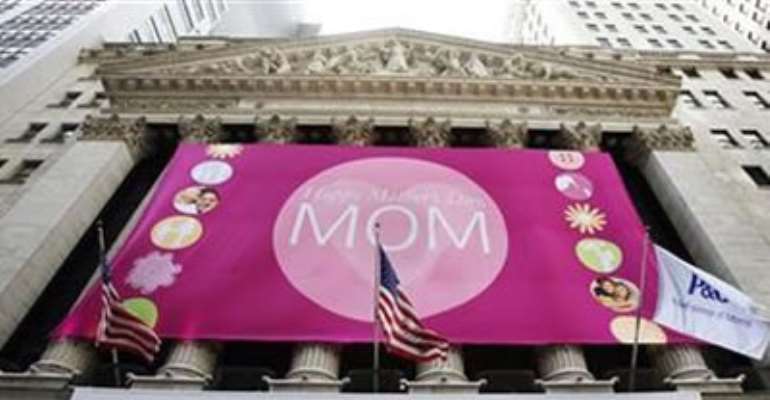P&G Cuts Forecast, To Focus On Big Businesses

Procter & Gamble Co (PG.N) on Wednesday admitted that it has been lacking in big new products and has not been fast enough at cutting costs as it deals with persistent slowing demand in Western Europe, the United States and China.
The world's largest household products maker also cut its growth forecasts as expected on Wednesday, and said it did not expect to repurchase shares in the coming fiscal year as it tries to maintain its "AA-" credit rating.
The U.S. maker of Tide laundry detergent, Gillette razors and a host of other products, said it would focus on its 40 biggest businesses, 20 biggest new products and 10 most important developing markets to try to improve results.
P&G's shares fell 3.3 percent to $60.10 in morning New York Stock Exchange trading as the plans were likely to take some time to bear fruit.
"The company's margin of error seems narrow ... cementing P&G as another (consumer packaged goods) 'show-me' story over the next 12 months," Sanford Bernstein analyst Ali Dibadj said in note to clients.
P&G has frustrated investors with its inability to increase operating profit in recent years. Sales have been hurt by slowing global economies and the strong dollar, and higher commodity costs have cut into earnings. But Chief Executive Bob McDonald focused some of the blame on the company, which has also raised prices too much on some products.
"It's our job to overcome these (external factors), but we haven't always been able to do this, in part because we haven't been hitting on all cylinders internally," he said.
One disappointing area has been in the lack of innovation from a company that used to develop whole new categories, such as the Swiffer floor mop in 1999 and the Whitestrips tooth whitening product in 2001.
"We haven't created a new category or a meaningful new brand in some time," McDonald said.
To solve this, the company is reducing the number of products in development, focusing on the biggest 20, he said.
The company also plans to focus on its 40 biggest businesses, which represent about 50 percent of sales and 70 percent of profit, and 10 most important developing markets including Brazil, China and Russia.
"The company seemed much more aware of their recent shortcomings and determined to fix them," J.P. Morgan analyst John Faucher said in a note to clients.
SIGNIFICANT DROP OFF
McDonald cut his underlying sales forecast for P&G's April-to-June fourth quarter to growth of 2 percent to 3 percent, down from 4 percent to 5 percent, while the core quarterly earnings target was trimmed to 75 to 79 cents per share, from 79 to 85 cents.
He said growth in developed markets, making up 60 percent of sales, had dropped off significantly, while in emerging markets, it suffered mandated price cuts in Venezuela and import curbs in Argentina.
Rivals saw their shares hit, with Unilever (ULVR.L) (UNc.AS) off 1.1 percent, Reckitt Benckiser (RB.L) down 0.7 percent, Colgate-Palmolive (CL.N) down 1 percent and Henkel (HNKG_p.DE) down 2.4 percent.
McDonald said it would take time to reverse the negative trends, and he expected little improvement in fiscal year 2013 that starts July 1. He forecast underlying sales growth of 2 percent to 4 percent as the group begins to recover its overall market share.
He also forecast 2013 core earnings would be flat to up by a mid-single digit percentage. Stripping out foreign exchange, core earnings per share would show growth of a mid-to-high single-digit percentage.
P&G is currently undergoing a restructuring plan to cut 5,700 non-manufacturing jobs and $10 billion of costs by the end of 2015/16.
REUTERS
